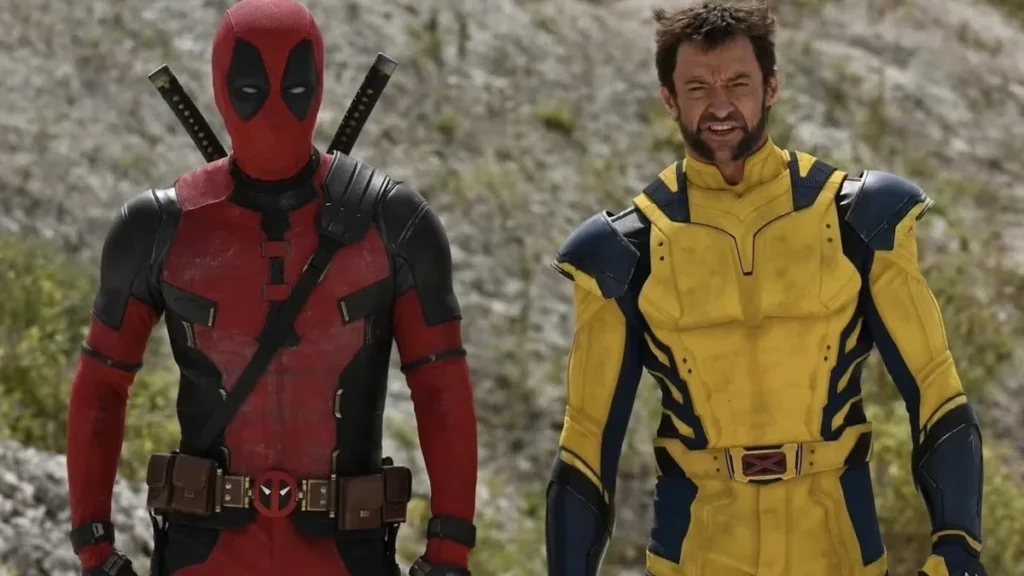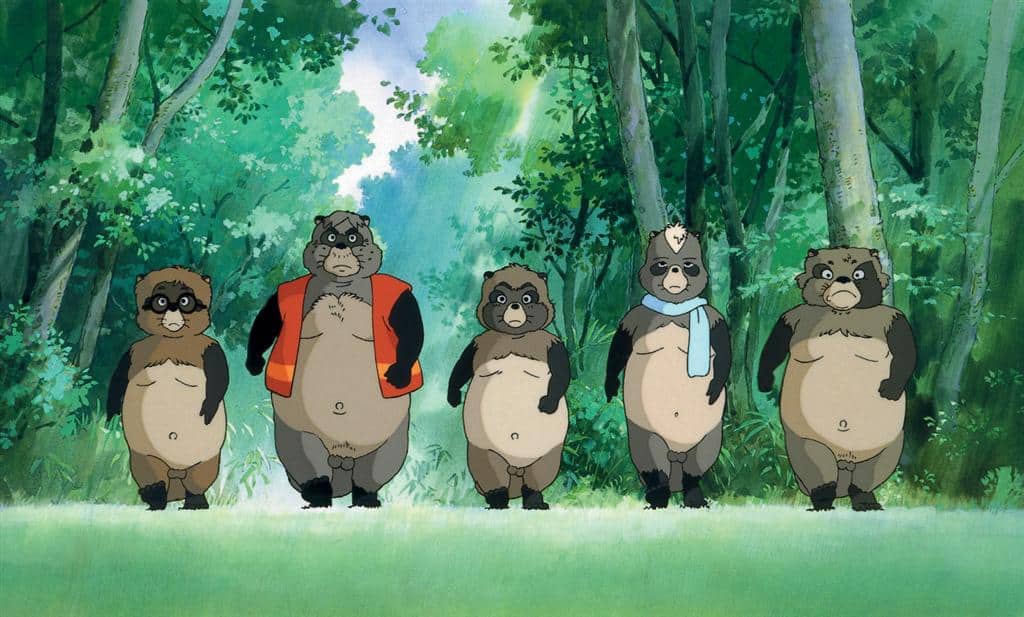Fifty years ago, flashes of decaying flesh, worms, and corpses placed atop cemetery tombstones introduced audiences to The Texas Chainsaw Massacre, Tobe Hooper’s first, most iconic film. This “mad and macabre” beginning, accompanied by radio reports of grave-robbing and general societal ills, sets an unforgettable tone. This tone sets the perfect pace for the horrors at the film’s center, and the villains responsible. In a tight 83 minutes, Hooper establishes the indelible Leatherface and his family as cosmic, existential threats, cementing their legacy as one of the most visceral villains ever put on film. Through aesthetics and performances, the Sawyer family was destined to terrify audiences for decades.

Aesthetically, the film leans into its hot, Texas summer look, using the inescapable heat and sun to build upon the feeling of cosmic, otherworldly dread from the beginning. Before we meet the first member of the Sawyer family, the soon-to-be teenage victims we follow read unknowingly about the dreadful fate that seems set for them. Reading from an astrology book, Pam (Terri McMinn) explains that Saturn, a “malefic” planet is in retrograde, meaning evil influences are especially strong. Soon enough, one evil influence makes itself known in the form of a hitchhiker (Edwin Neal) the group picks up. Neal’s performance here as the hitchhiker, later known as Nubbins Sawyer, is strange and twitchy.
Every movement feels brimming with unsettling, alien energy. When he gingerly caresses a knife, then slices his hand open in front of the teens, blood pools out from his hands and a laugh escapes his lips: a malevolent feeling made flesh. Shortly after this disturbing instance, he slices Franklin’s (Paul A. Partain) arm, solidifying the random cruelty and getting himself kicked out of the bus and away from our main characters, for now. The teens are at the mercy of the unflinching brutality of the world, and the stars have fixed their fates, doomed to have their blood spilled under the merciless Texas sun.

Nubbins is the first of the Sawyer clan we meet, but Leatherface (Gunnar Hansen) is the most memorable and enduring figure in the film. One of the reasons Leatherface has endured in the imaginations of horror fans everywhere is because of his obvious power and brutality, but also because of the complications that can be found if you look just beyond the mask of human flesh he hides behind. In Hansen’s nearly non-verbal performance, Leatherface is presented as a complex and even tragic being. The towering figure is shown as a nearly undefeatable evil, a potent part of the Sawyer family’s general existential threat to society writ large, and at the same time, there is sadness mixed with the bloodlust in Hansen’s eyes.
After killing Jerry (Allen Danziger), he goes over to a window, searching anxiously for anyone he might potentially have to kill to protect his family. When he pauses to sit, face lit by the golden hour sun, you can see a remarkable mix of anticipation (licking his lips and delivering quick, uncertain smiles) and uncertainty – now what? Hansen’s face is mostly obscured by the dried human flesh mask he’s wearing, but crucially his eyes and mouth are visible, allowing us a small glimpse into Leatherface’s unknowable emotional world. It makes the towering, iconic figure even more terrifying knowing there is a flicker of the familiar looking back at us behind the chainsaw.
Leatherface and Nubbins are the main components of what makes the Sawyer family an enigmatic, lasting presence. Their powerful presences are rounded out and underscored by the elder, and weaker Sawyer family members. There’s the father, played by Jim Siedow as a reluctant force of evil — in the film he explains, “I just can’t take no pleasure in killing. There’s just some things you gotta do. Don’t mean you have to like it.” It’s almost as if the evil in the universe, in the generations of Sawyers that worked in slaughterhouses and killed beforehand have just as inescapable of a hold on villains as they do on their victims. Then, there’s Grandpa, played with little movement and comically weak hammer skills by John Dugan. Both of these figures, towering in the minds of the younger Sawyer boys, both underscore and undermine the power of their clan, making the whole crew of Sawyers even more interesting horror icons.

The Texas Chainsaw Massacre has become a touchstone of horror cinema thanks to its incredible performances and underlying aesthetic. Tobe Hooper’s masterpiece lingers in the mind, with its coterie of cannibal family members and doomed teenage protagonists facing the cruel fates they’ve been dealt in an unfeeling universe. It’s one of the reasons the Sawyer family has endured as existential, tangible threats in horror cinema and beyond. It’s written in the stars that their enigmatic, cosmically terrifying presence is bound to haunt audiences for years to come.






